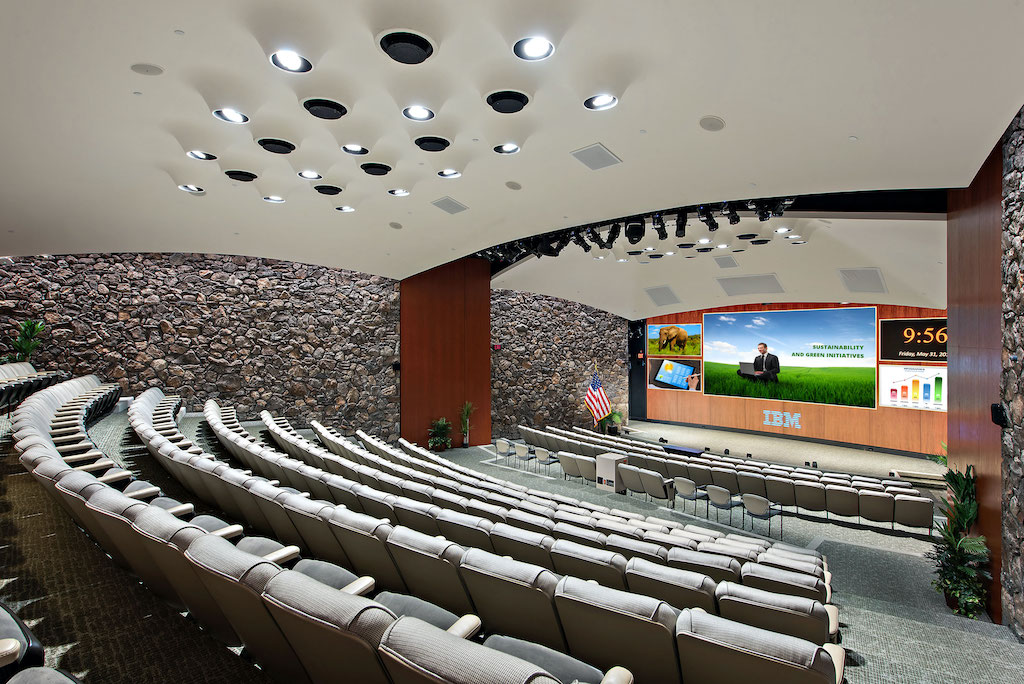Exploring the Diverse Integration Options Offered for LED Wall Modules
Exploring the Diverse Integration Options Offered for LED Wall Modules
Blog Article
LED display units have secured popularity for their ability to deliver crisp imagery in multiple settings, from professional environments to entertainment venues. One of the primary aspects of these systems is their interface capabilities, which allow users to connect them to different devices and systems. Understanding the diverse input options supported for Light Emitting Diode wall panels is vital for maximizing their use and effectiveness. This article explores these options, showcasing how they can adapt to specific needs and preferences.
One common connection method for Light Emitting Diode wall panels is High-Definition Multimedia Interface. High-Definition Multimedia Interface is widely known for delivering high-quality video and audio streams between components. This connection type is especially useful in commercial environments, such as conference rooms or classrooms, where visual content or video content are often shared. By using HDMI cables, operators can seamlessly link laptops, projectors, and streaming devices to Light Emitting Diode wall panels, ensuring a sharp and dynamic presentation of media.
Another popular connectivity method is Display Port, which is similar to High-Definition Multimedia Interface but offers enhanced advantages. DisplayPort can support elevated refresh rates and resolutions, making it an ideal choice for interactive media or graphic-intensive applications. For those using Light Emitting Diode wall panels in settings where performance is critical, such as competitive gaming venues or design studios, DisplayPort can provide the required visual clarity. Additionally, many modern computers and graphics cards include Display Port connections, making it look these up a convenient option for technology-oriented professionals.
In addition to High-Definition Multimedia Interface and DisplayPort, wireless connectivity methods are becoming progressively prevalent in LED wall panel solutions. Cable-free interfaces allow operators to share content without the need for physical cables, promoting a streamlined and more adaptable configuration. Technologies such as Wi-Fi and short-range communication allow users to link smartphones, tablets, and laptops directly to Luminescent Diode wall panels without tangled wires. This versatility is particularly beneficial in dynamic settings like exhibitions or live functions, where rapid changes to displays are often required.
For larger deployments or more intricate configurations, network connectivity through Ethernet is another viable option. Wired links provide a consistent and robust way to connect multiple Light Emitting Diode wall panels within a network. This setup is ideal for electronic display use cases found in retail centers or airports, where numerous panels may need to display synchronized content across a wide area. By using network cabling and routing hardware, users can ensure that all linked panels receive uniform data and information seamlessly.
Lastly, it's important to evaluate the evolution of see post interface technology with advancements such as Universal Serial Bus-C and Thunderbolt Three. These next-generation connection types offer increased data transfer speeds and versatility by allowing one cable to handle both power delivery and data transmission. As more devices adopt these protocols, Light Emitting Diode wall panels equipped with Type-C ports will likely become more prevalent. This shift in integration not only improves the capabilities of Luminescent Diode wall panels but also coincides with the emerging trend of minimalistic design in technology setups by reducing the number of cables needed.
In conclusion, exploring the diverse connectivity options available for LED wall panels reveals many possibilities for operators across multiple fields. From traditional methods like HDMI and DisplayPort to modern wireless solutions and network connections, each option serves unique purposes tailored to specific needs. Additionally, emerging technologies like USB-C promise further advancements in how users interact with LED wall panels. By understanding these connectivity choices, end-users can make strategic selections that enhance their overall experience with these versatile display tools.